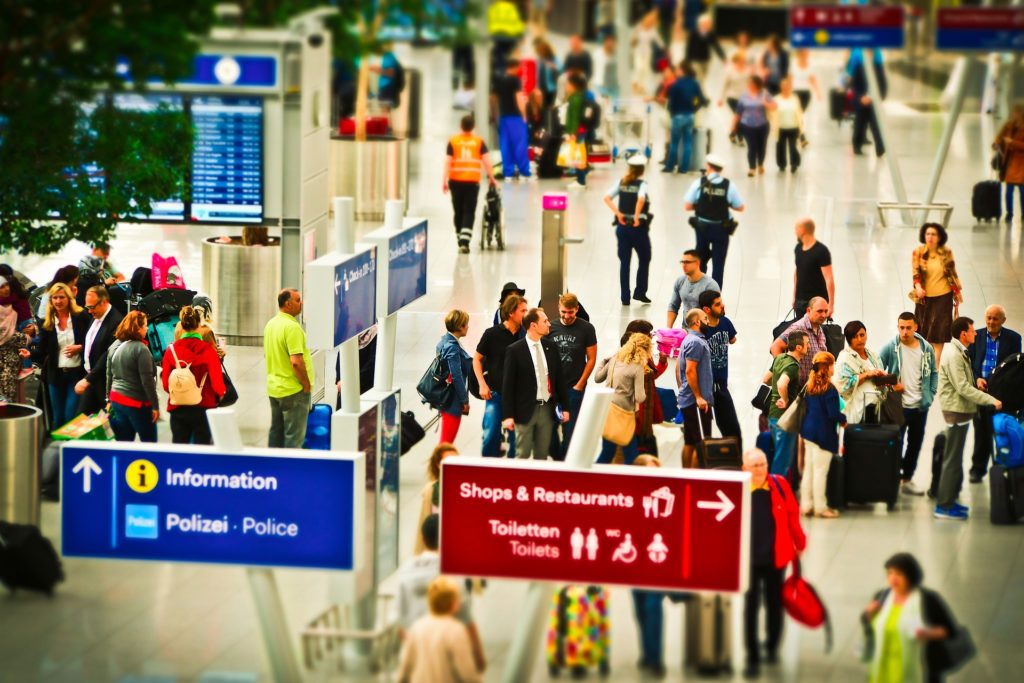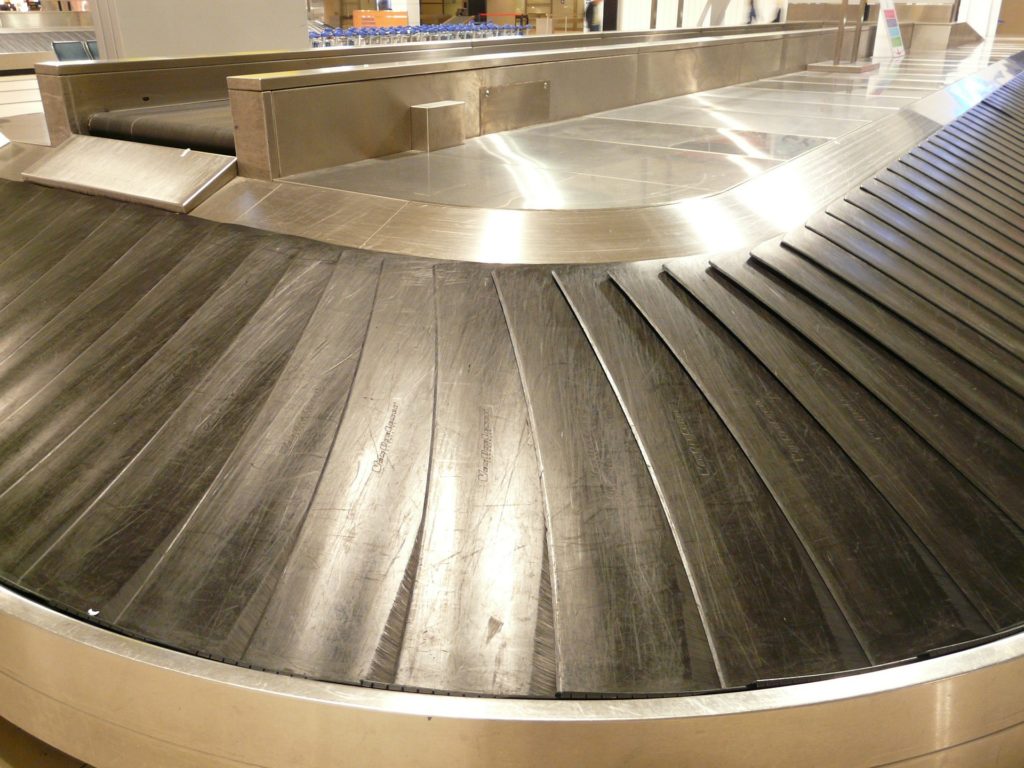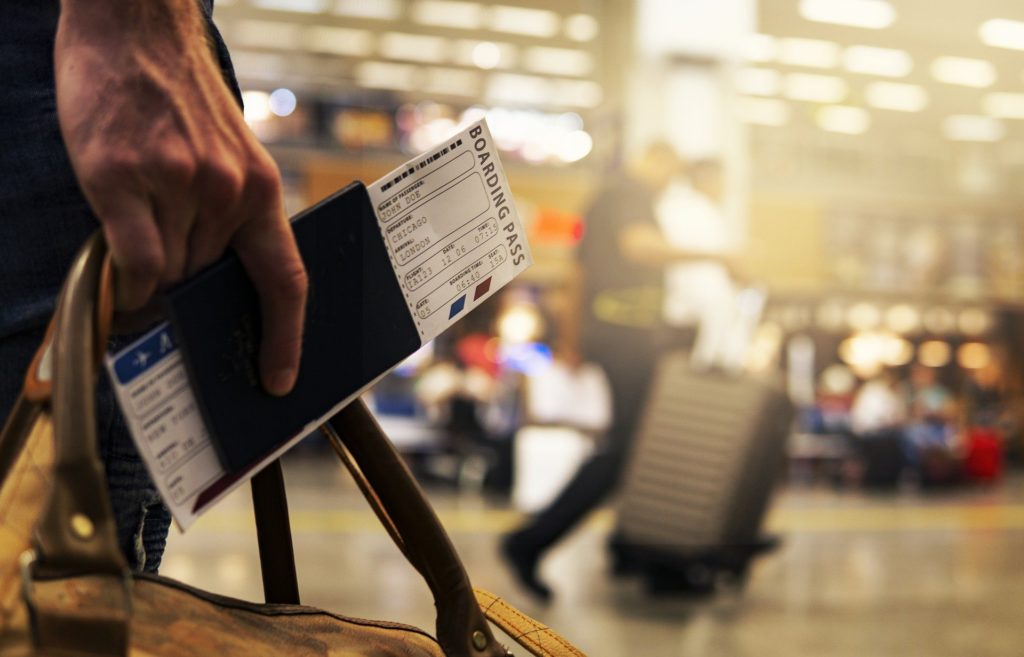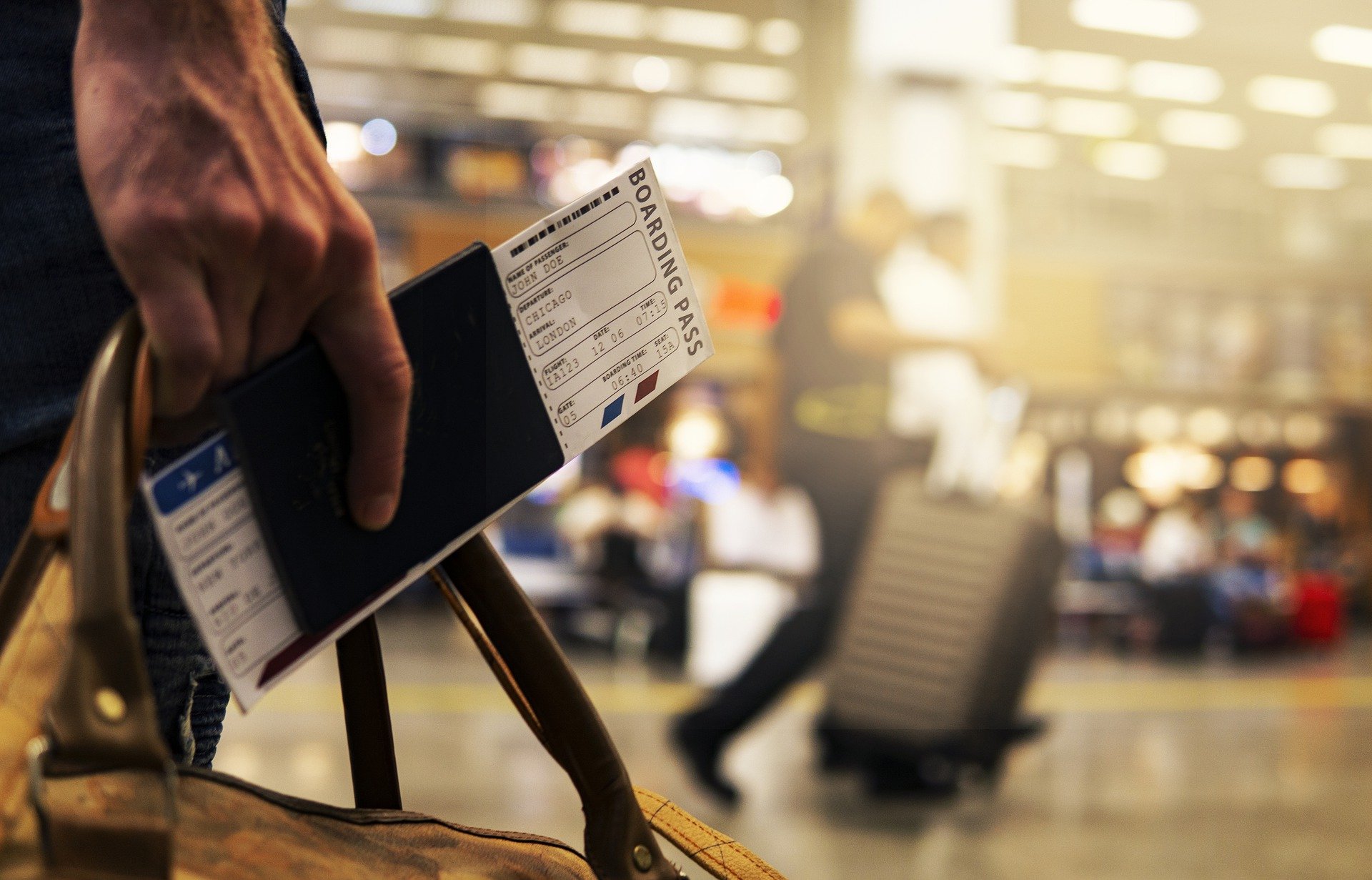The Best Information to Display On Airport Screens During the Transit Process
Digital displays are ideal for airport spaces because their dynamic images grab attention easily. Better still, it’s easy to configure them into any shape and size and deploy them both inside and outside the airport terminals.

How to Display Information on Airport Screens?
The traditional static displays are a thing of the past in airports. That is why airports have upgraded to more reliable LCD panels that provide versatility in displaying flight information. Moreover, internal billboards and paper-based advertisement boards have also been replaced by LCD panels and large LED monitors.
Undoubtedly, digital signage is the ideal way to inform airport users and visitors where to go and what to do at a particular time. Additionally, electronic displays can serve multiple purposes and present several advantages over single displays used for a fixed purpose.
Airports use different approaches in distributing and displaying data on airport screen displays all around. Firstly, they can provide digital signage solutions through discrete media players connected to the digital signage controller via Wi-Fi links. For example, the Open Pluggable Specification (OPS) facilitates a single platform that airports can use to maintain one OS image for any display. This goes a long way in reducing the time it takes to manage the display estate and also helps minimize inventory.
Alternatively, airports can display digital signage data throughout the airport concourse through an IPTV distribution system. Also known as Internet Protocol Television, the system refers to media content delivery over IP networks. It contrasts to the traditional method of delivery through cable, satellite, or terrestrial television formats. Consequently, a media player can play content immediately, also known as streaming media.
With all this technology available, there’s no reason why travelers should be stranded while on transit in the airports. Information around various issues should be made available in real-time.
Information to Capture on Airport Screen Displays
As such, the top things to display on airport screens for the sake of a worry-free travel experience include the following:
Arrival and Departure Details
Travelers rely on digital displays for the most updated information about the status of their international or domestic flights. For example, they need information about their departure times and gate location. In case of any delays, it’s also crucial to inform them to prevent causing anxiety and unnecessary panic. Furthermore, each line on the flight information display system (FIDS) should indicate:
- The airline name or logo and its ICAO or IATA airline designator
- City of origin and destination and any connection or intermediate points
- Expected arrival or departure time (this should also capture any expected or scheduled delays)
- The gate number for arrival or departure
- Check-in counter numbers and the name of the airline responsible for checking passenger tickets
- Status of the flights, for example, “boarding,” “landed,” or “delayed.”
On the other hand, arrival information is equally crucial. It’s essential that friends and family who come to the airport to pick someone know the arrival time. As it is, airport screen displays feature a lot of information. For this reason, the long lists of text call for high-quality and high-definition displays. This is the only way to help readers make sense out of them. Given that airport travel is time-sensitive and can cause undue stress, it’s only fair that airport LED displays are legible and reliable.
Screening Process
It’s crucial to notify travelers about the security screening checkpoints, what happens there, and why it’s important. For example, let them know that they have to pass through the x-ray systems that screen them for dangerous weapons like knives and explosives. Furthermore, it’s essential to notify them that the x-ray machine or metal detectors poses no danger to them. However, they need to take off their shoes, belts, and other metallic objects like earrings or ornaments. Whenever the detectors detect anything metallic or dangerous items, they always sound an alarm.
During the screening process, passengers need to remove personal items like laptops and anything larger than a cell phone from their carry-on bags. These are placed in an empty but open bin for x-ray screening. Incase the passengers’ bags are found to contain suspicious items, they will be subjected to additional screening. However, if any confusion arises, a TSA officer is always available to provide further guidance.
Providing such information will let the travelers know that it’s not about invasion of their privacy. Rather, this is part of the inspection recommendations by various agencies like the FDA.
Health Protocols
It’s essential not to forget that the world is in the midst of the coronavirus pandemic. Therefore, travelers and all airport users need to keep up with the Covid-19 health protocols. As a reminder, there should be displays to remind people to keep up with the social distancing requirements. Besides, it helps to remind them to wear their masks and gloves properly and avoid coming into direct contact with other people. This will minimize their chances of exposure to the virus and also help in the prevention of its spread.
Entertainment
Although travelers expect to have short waiting times in the airport, sometimes they end up waiting longer. For instance, flight delays happen unexpectedly, and connections between destinations eat into traveling time.
LED airport screens come in handy to promote airport gift shops, restaurants, or newsstands. At other times, they broadcast news or provide other forms of entertainment throughout the terminal to keep travelers engaged. This helps travelers to exercise patience as they wait for their departure time.
Similarly, advances in the integration of hand-held devices with Bluetooth-enabled technology allow for the delivery of highly relevant ads. So, airports can alert travelers about deals at shops and restaurants. This goes a long way in streamlining airline lounge admission for members.
Besides, airports can also display various types of graphical content depending on the display system in use. This includes online internet streaming, video and audio content, and weather updates, among others.
Baggage Claim

The structure or layout of most airports is such that passengers deplane a far-off distance from where they pick their luggage. Consequently, there’s always the likelihood of passengers losing or misplacing their bags. For that reason, airports need to have LED display screens in the baggage carousel area. This way, travelers can quickly identify the conveyor allocated to their flight.
Digital Signage Enhances the Transit Process in Airports
The advancement of technology has facilitated the use of digital signage instead of traditional static signs. Granted, they make it easy to update content in real-time and avail it to a larger audience across the airport space.
As a result, they make the journey more efficient for travelers as they move through the security checkpoints onto their planes. Besides, airports can provide self-check-in to simplify and speed up the passenger journey in countless ways.
Enriched Wait Time
Furthermore, airport screen displays enrich travelers’ wait time because they provide essential information. Thus, they streamline check-in, improve communication, and enhance airport operations. As such, passengers are less anxious about the flights and have better opportunities to relax as they wait for their flights.
Improved Passenger Satisfaction
While at it, digital signage also helps to improve passenger satisfaction. After all, passengers want calm and efficient environments that make their journey enjoyable. With modern amenities and communication strategies, travelers won’t need to choose alternative transportation methods.
Most passenger frustrations emanate from a lack of timely and effective communication. For example, they worry about the distance from the waiting lounge to their departure gate. Furthermore, they have concerns about the time it takes for the baggage to arrive at the collection point. As if that’s not enough, passengers also worry about how to access ground transportation. Digital displays quickly solve all these irritations and eliminate communication problems.

Overall, digital signage plays a role in modernizing communication in various sectors. They are the solutions that address client expectations. At Mvix, we specialize in creating modern and efficient digital display systems. Call us today for professional digital signage displays.




